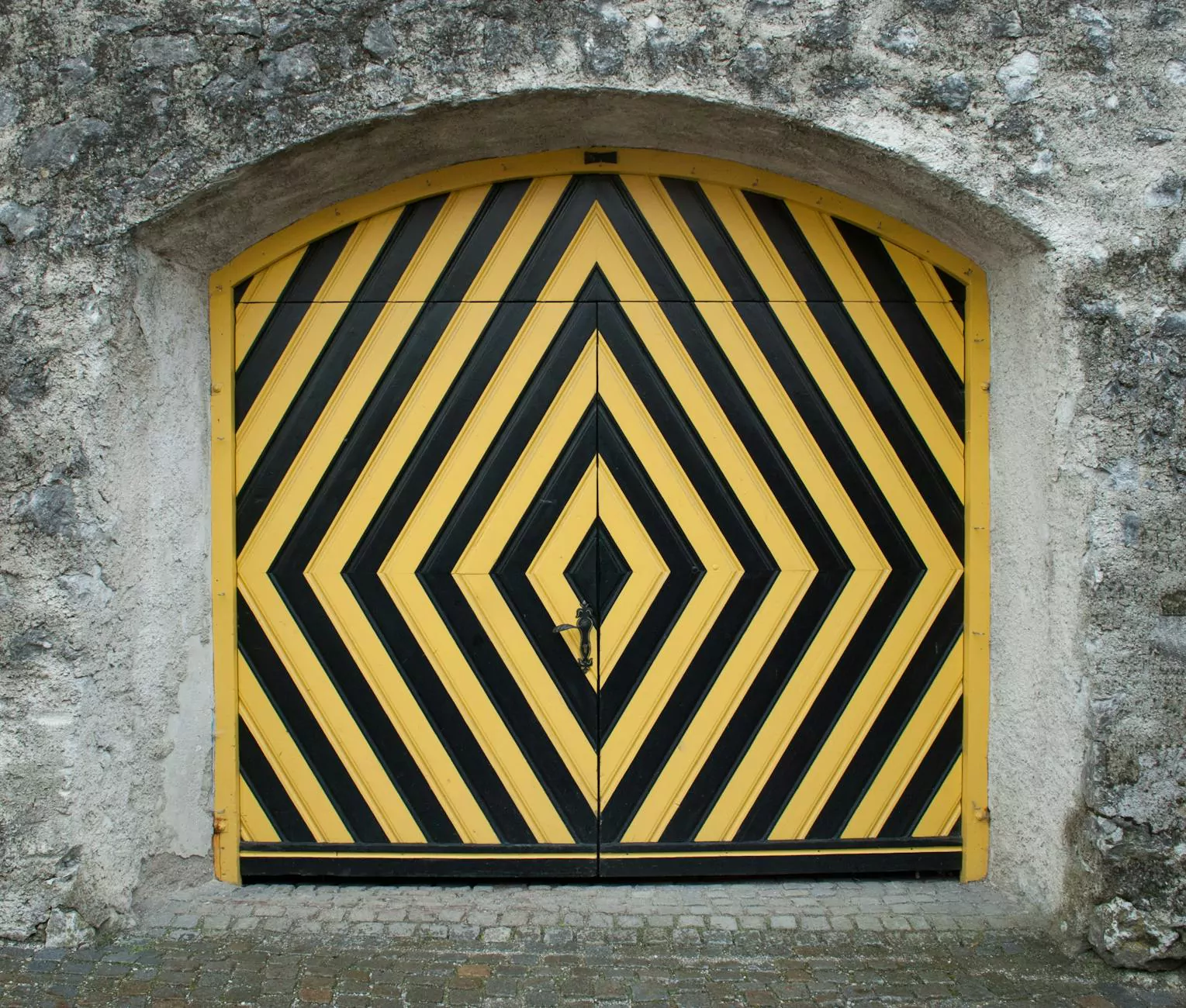Understanding the Magic of Light Sculpture

The concept of light sculpture intertwines art and innovation, creating immersive experiences that transcend traditional boundaries. This vibrant art form employs various techniques to manipulate light, shadow, and materials to create visually stunning pieces that captivate audiences across the world. In a rapidly evolving digital landscape, the role of light sculpture in the art world continues to grow, inviting us to reassess our interactions with space and illumination.
1. What is Light Sculpture?
Light sculpture is an artistic expression that uses light as its primary medium. Unlike conventional sculptures that are typically static and made from materials like clay or metal, light sculptures often incorporate technology and dynamic elements to create visual masterpieces that can change based on the viewer's perspective or the surrounding environment.
This art form redefines the concept of viewing art, as it often invites participation from the audience. Whether through interactive installations or immersive environments, light sculpture challenges the static nature of traditional art forms.
2. The Evolution of Light Sculptures
The journey of light sculpture began with the advent of electric light in the late 19th century. Early artists experimented with electric bulbs and neon gas to create illuminated signs and artistic displays. However, it wasn’t until the late 20th century that light sculpture gained significant recognition as a dedicated artistic discipline.
Artists like James Turrell, Dan Flavin, and Olafur Eliasson pioneered this genre, integrating light with space and viewer perception. Turrell’s works, for example, utilize light to alter the viewer's spatial awareness, creating a contemplative experience that challenges the boundaries of vision and reality.
3. The Artistic Techniques Behind Light Sculpture
Creating a light sculpture involves a combination of artistic vision and technical skill. Here are some common techniques employed by light sculptors:
- Projection: Utilizing projectors to cast images and shapes onto surfaces, transforming mundane spaces into dynamic canvases.
- Neon and LED Integration: Incorporating neon tubes or LED lights can produce vibrant colors and patterns, often in delicate or intricate forms.
- Reflective Materials: Using mirrors, glass, and other reflective surfaces helps in manipulating light paths, creating captivating visual effects.
- Interactive Components: Some light sculptures allow viewer interaction, using sensors that react to movement or sound, making the experience more personalized.
4. The Role of Light Sculpture in Art Galleries
Art galleries worldwide increasingly feature light sculptures due to their ability to transform spaces and engage audiences. These installations offer a unique way to experience art, often becoming the focal point of exhibitions. Unlike static pieces, light sculptures can create an evolving narrative, adapting to audience responses and atmospheric changes.
Galleries such as the Museum of Modern Art (MoMA) in New York and the Tate Modern in London have embraced light sculptures, integrating them into their collections to showcase contemporary art trends. Their immersive nature encourages viewers to linger, fostering deeper connections with the artwork.
5. Highlighting the Work of Grimanesa Amorós
One of the luminaries in the field of light sculpture is Grimanesa Amorós, whose work uniquely reflects both cultural heritage and contemporary themes. Amorós’s installations often incorporate intricate designs and innovative light technologies to explore complex narratives about identity and community.
Her projects, such as “Inflatable Architecture” and “Luminous Flowers”, exemplify how light sculptures can create striking visual experiences while engaging with deeper social messages. By using light to illuminate stories, she challenges viewers to reflect on their relationship with their surroundings and cultural context.
6. The Impact of Technology on Light Sculpture
As technology advances, so does the potential of light sculpture. Emerging technologies like augmented reality (AR) and virtual reality (VR) are opening new avenues for artists to explore, allowing them to create experiences that transcend physical limitations. These innovations enhance the interactive aspects of light sculpture, creating new dimensions in art appreciation.
Moreover, the Internet of Things (IoT) has facilitated even more profound connections between art and audience. Installations that respond to environmental factors or audience interaction provide a platform for dynamic artistic experiences that evolve over time.
7. How Light Sculptures Influence Public Spaces
Beyond galleries, light sculptures have begun to populate public spaces, transforming urban environments. Cities worldwide now integrate light-based art into street designs, parks, and public installations to enhance community engagement and aesthetic enrichment.
Projects like the Vivid Sydney Festival, where the city showcases stunning light displays, highlight the influential role of light artifacts in urban art experiences. These initiatives contribute to tourism, creating memorable experiences for both locals and visitors alike.
8. Future Trends in Light Sculpture
The future of light sculpture appears bright, driven by continuous innovations. Artists are likely to explore new materials, methods, and technologies, further pushing the boundaries of light as an artistic medium. Trends suggest a growing integration of sustainable practices, such as using eco-friendly lighting solutions and materials, which will become increasingly important in art installations.
Furthermore, collaborations across creative industries—from digital media to architecture—are expected to flourish, sparking a new era of interdisciplinary art that blurs the lines between different artistic expressions.
9. Conclusion: The Lasting Legacy of Light Sculpture
Light sculpture is more than just a form of art; it embodies the intersection of technology, sensory experience, and personal reflection. Artists like Grimanesa Amorós continue to pave the way for future innovations, encouraging audiences to engage deeply with their surroundings.
As this art form evolves, it will undoubtedly keep illuminating hearts and minds, challenging perceptions, and inspiring future generations. The legacy of light sculpture will continue to shine brightly in the art world, promising exciting developments for both artists and audiences alike.
10. Explore More About Light Sculpture!
For those interested in exploring light sculpture, visiting art galleries that focus on contemporary art or attending festivals dedicated to light art can provide insightful experiences. Additionally, engaging with online resources and platforms that showcase light artists, like Grimanesa Amorós's website, can broaden your understanding and appreciation of this mesmerizing art form.









